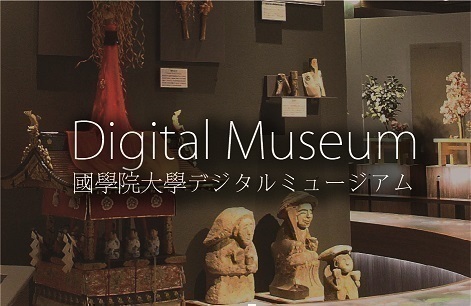- トップ
- Encyclopedia of Shinto
- Saishu
Encyclopedia of Shinto
| Main Menu: | |
| Links: |
詳細表示 (Complete Article)
| カテゴリー1: | 3. Institutions and Administrative Practices |
|---|---|
| カテゴリー2: | Officiants |
| Title | Saishu |
| Text | A profession established by the court for the performance of ritual at Ise Jingū (the Grand Shrines of Ise). This position only existed at Ise and was hereditarily filled by the Nakatomi family. In later years it was also called jingū kanchō or sōkan. It is not, however, listed in the Shikuinryō (the Personnel Code of the Ritsuryō system describing the structure of the court bureaucracy), but rather was an exceptional imperial appointment, like kurōdo (an office in charge of imperial storehouses and archives) or kebiishi (a combination of judge and police officer, charged with evaluating illegal acts). According to Kitabatake Chikafusa's Shoku gen shō, with the establishment of Ise Jingū during Suinin's reign, Ōkashima was the first person appointed, and thereafter his descendants, the Nakatomi, filled the office. However, this cannot be confirmed by reference to the Nihon shoki or other documents of the period. The first documentary record is in the Shoku nihonkōki, in a record from the third month of 850 stating that Ōnakatomi no Fuchina served as saishu from 815-843, suggesting establishment of the post in the early Heian period. A member of the Nakatomi clan affiliated with the Jingikan (Department of Divinities) and holding fifth rank or higher would be appointed, and would receive upon his first appointment ten thousands sheaves of rice. The saishu's greatest duties were performance of the kinensai, tsukinamisai, and kannamesai rites, serving as imperial emissary (heihakushi), and transmitting the emperor's thoughts to the Ise deities in a norito (ritual prayer or incantation). In addition, at the twenty-year renewal of the shrines (the so-called shikinen sengū) the saishu orchestrated the entire event in the function of hōsenshi whose task it also is to transfer the deity to its new location. On the occasion of a change in saigū appointments, he also reported the reason for the change to the deity, an extremely weighty responsibility. As time went on, the saishu came to be named head of the Nakatomi clan and to have responsibility to recite the tenjin yogoto (roughly, invocations for the continued prosperity of the emperor) at the daijōsai (the first Niinamesai held after an emperor's accession). Additionally the performance of kitō (invocations of divine power) by the saishu at the Jingikan was instituted in the mid-Heian period. The office of saishu was primarily concerned with ritual, but in 903, during the time of saishu Nakatomi Yasunori, the saishu was also directed to take responsibility for the shrine's land (shinryō) as well as the shrines themselves as part of the systematization of offices from the court to those associated with the Grand Shrines of Ise. The saishu held the authority to appoint priests (shinshoku) below the sixth rank, with indirect influence over appointments up to negi (suppliant priest). Originally, saishu appointments were supposed to be drawn from Jingikan officials above the fifth rank out of any of the three Nakatomi sub-lineages, but from the mid-Heian period these appointments were concentrated in two of them. From the end of the Heian period, the Sukechika sub-lineage, located in Iwade, Ise Province, virtually monopolized the post of saishu. This lineage was renamed Fujinami in the middle of the Edo period, in the time of saishu Kagetada, and they continued to hold the position until the end of the period. With the 1871 reform of the Grand Shrines of Ise, Konoe Tadafusa and Sanjō Nishisuetomo were appointed saishu from among the aristocracy, but after the 1875 appointment of Prince Tomoyoshi, the office of saishu came to be filled by a member of the imperial house. Since the 1947 appointment of Kitashirakawa Fusako (the seventh daughter of the Meiji emperor), a woman of the old imperial house has filled the position. — Fujimori Kaoru |




